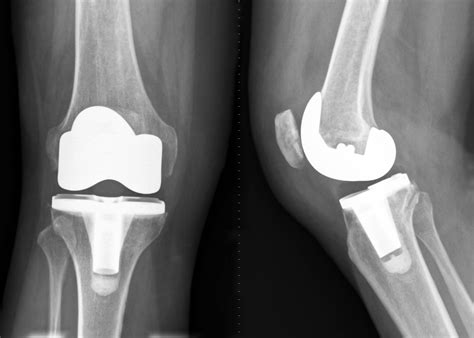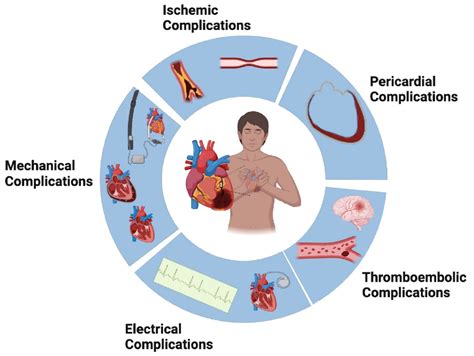Intro
Discover a comprehensive Knee Replacement Recovery Guide, featuring post-op care, physical therapy, and pain management strategies for a smooth rehabilitation, including tips on knee exercises and overall wellness.
Knee replacement surgery is a life-changing procedure that can help alleviate chronic pain and restore mobility in individuals with severe knee damage or arthritis. However, the road to recovery can be challenging and requires careful planning, dedication, and patience. As we delve into the world of knee replacement recovery, it's essential to understand the importance of proper care and rehabilitation to ensure a smooth and successful healing process.
The journey to recovery begins even before the surgery takes place. Preparing oneself physically and mentally for the procedure is crucial to minimize potential complications and ensure a speedy recovery. This includes maintaining a healthy weight, exercising regularly, and following a balanced diet rich in essential nutrients. Additionally, understanding the surgical process, the type of implant used, and the expected outcomes can help alleviate anxiety and reduce stress levels.
As we explore the intricacies of knee replacement recovery, it's vital to recognize the significance of a well-structured rehabilitation program. A comprehensive rehabilitation plan should include a combination of physical therapy, exercise, and lifestyle modifications to promote healing, strengthen the surrounding muscles, and improve joint mobility. With the right guidance and support, individuals can overcome the challenges of recovery and regain their independence, allowing them to resume their daily activities and enjoy a better quality of life.
Knee Replacement Surgery Overview

Types of Knee Replacement Implants
The choice of implant depends on various factors, including the individual's bone quality, activity level, and personal preferences. Cemented implants are secured to the bone using a special cement, while uncemented implants rely on the bone growing onto the implant surface. Hybrid implants combine both cemented and uncemented components. Understanding the different types of implants and their characteristics can help individuals make informed decisions about their treatment options.Preparation and Planning

Physical Therapy and Exercise
Physical therapy and exercise play a crucial role in knee replacement recovery. A well-structured rehabilitation program should include a combination of strengthening exercises, flexibility stretches, and mobility drills to promote healing, strengthen the surrounding muscles, and improve joint mobility. Individuals should work closely with their physical therapist to develop a personalized exercise program that meets their specific needs and goals.Recovery and Rehabilitation

Pain Management and Wound Care
Effective pain management and wound care are essential components of knee replacement recovery. Individuals should work closely with their healthcare team to develop a pain management plan that meets their specific needs. This may include a combination of medications, physical therapy, and alternative therapies such as acupuncture or massage. Additionally, individuals should follow proper wound care instructions to promote healing and reduce the risk of infection.Complications and Risks

Infection Prevention and Management
Infection prevention and management are critical components of knee replacement recovery. Individuals should follow proper wound care instructions, take antibiotics as prescribed, and monitor their condition for signs of infection such as redness, swelling, or increased pain. Additionally, individuals should practice good hygiene, avoid close contact with individuals who are sick, and avoid sharing personal items.Lifestyle Modifications

Nutrition and Diet
A well-balanced diet rich in essential nutrients is essential for knee replacement recovery. Individuals should focus on consuming foods that promote healing, reduce inflammation, and support overall health. These may include foods rich in protein, omega-3 fatty acids, and antioxidants. Additionally, individuals should stay hydrated by drinking plenty of water and avoiding sugary drinks.Conclusion and Next Steps

We invite you to share your experiences, ask questions, or provide feedback on this article. Your input is valuable to us, and we look forward to hearing from you. Please comment below, share this article with others, or contact us directly to learn more about knee replacement recovery and how to achieve a successful outcome.
What are the most common complications of knee replacement surgery?
+The most common complications of knee replacement surgery include infection, blood clots, nerve damage, and implant failure. However, these risks can be minimized by following proper wound care instructions, taking medications as prescribed, and attending follow-up appointments with your healthcare team.
How long does it take to recover from knee replacement surgery?
+The recovery time for knee replacement surgery can vary depending on individual factors, such as overall health, age, and lifestyle. However, most individuals can expect to make significant progress within 6-12 weeks, with full recovery taking several months to a year or more.
Can I return to normal activities after knee replacement surgery?
+Yes, most individuals can return to normal activities after knee replacement surgery. However, it's essential to follow your healthcare team's instructions and recommendations to ensure a safe and successful recovery. This may include avoiding high-impact activities, such as running or jumping, and modifying your lifestyle to reduce stress on the knee joint.
